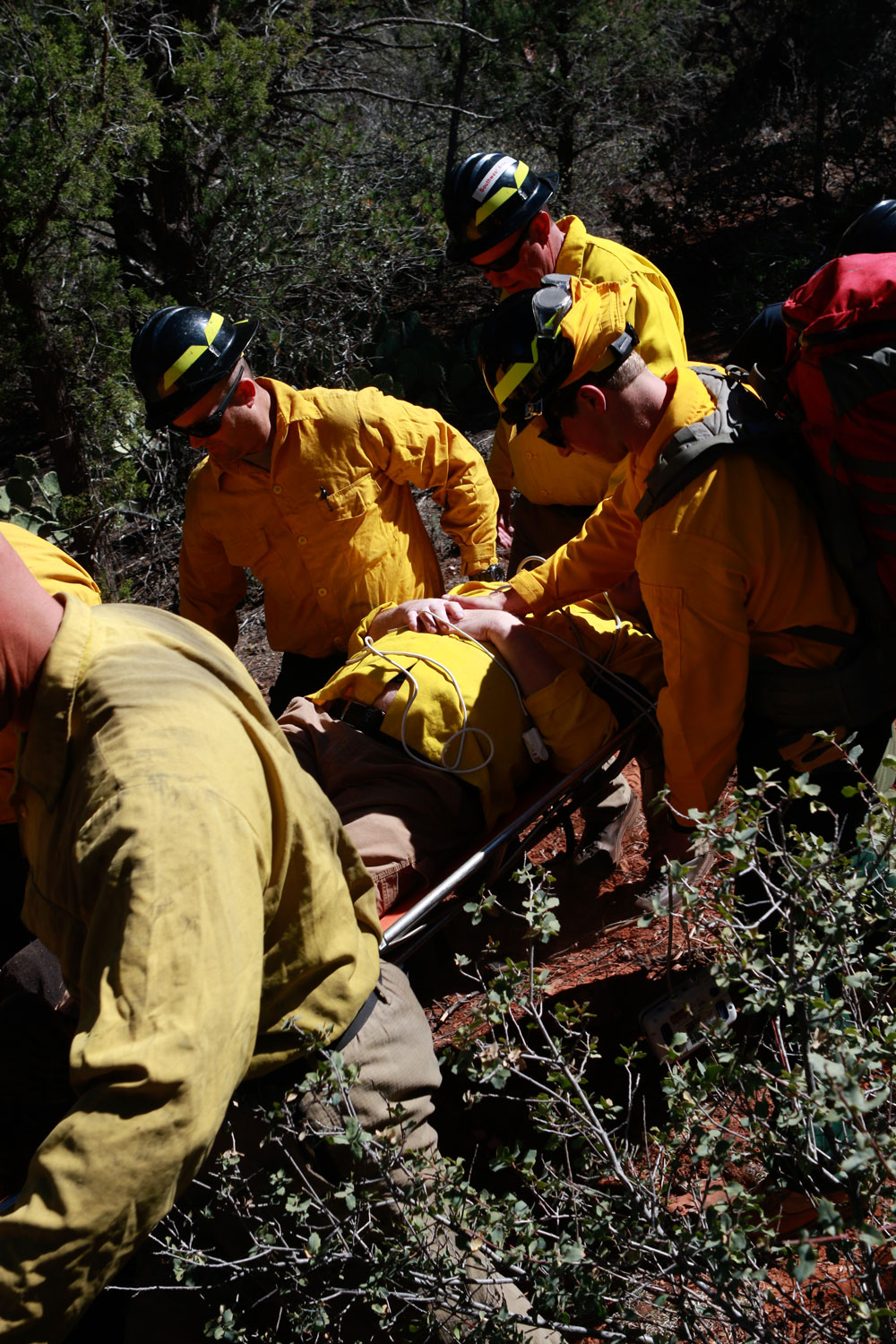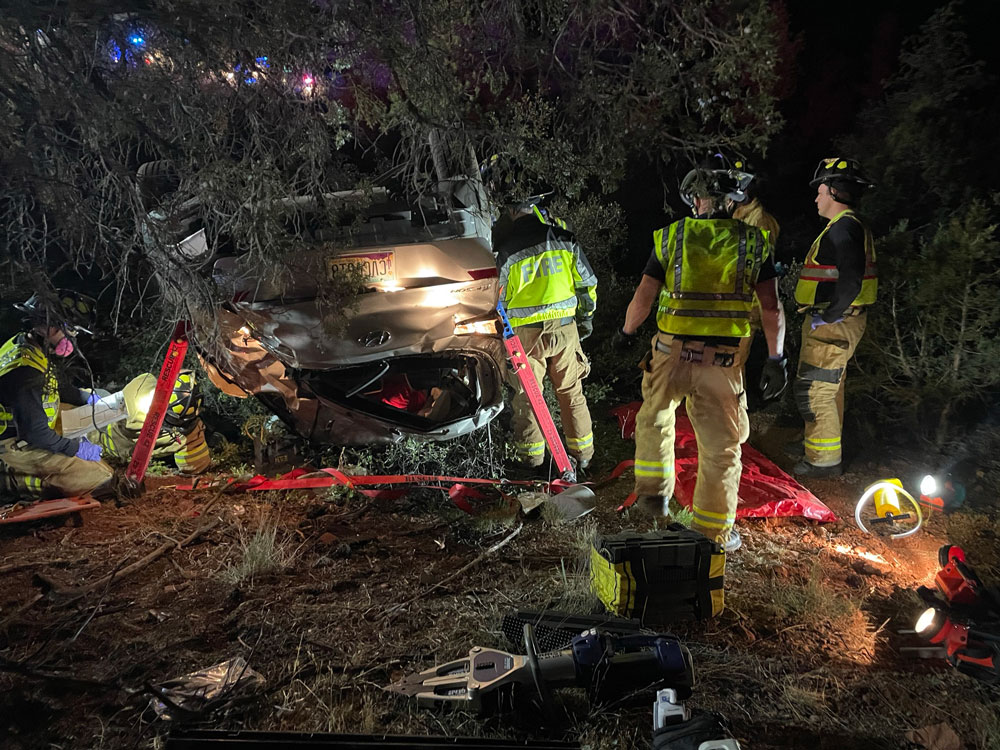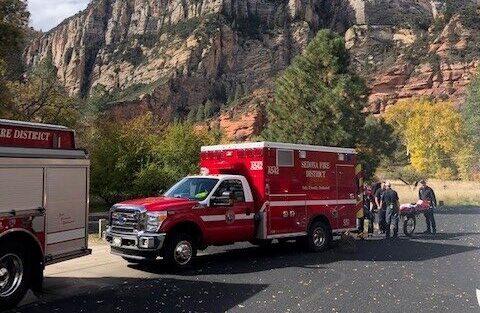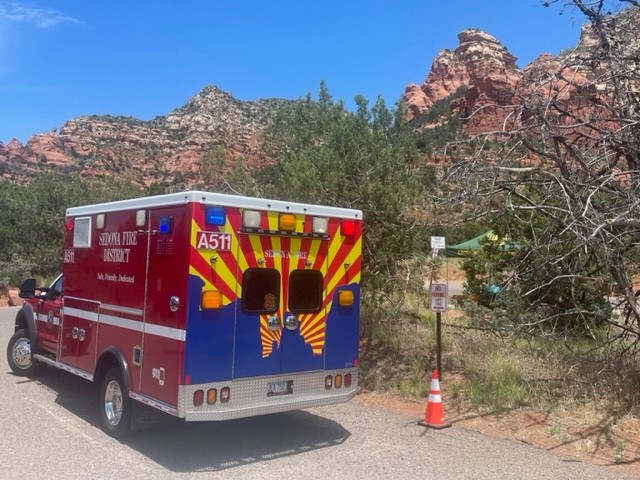Providing excellent Emergency Medical Services (EMS) care is a top priority, accounting for nearly 80% of all calls.
All of SFD’s operational personnel are certified in either Basic Life Support (BLS) or Advanced Life Support (ALS) care. Using advanced equipment, they ensure that you receive fast, effective treatment at the highest level of care.
Ambulance Services
We operate our own ambulances, placed strategically throughout the District, and exceed requirements of the Arizona Department of Health Services for equipment levels and certification training for paramedics.
Motor Vehicle Accidents
Some of the more dangerous situations SFD personnel encounter while providing EMS care are motor vehicle accidents (MVA).
Cardiac
It can be a race against time when emergency personnel are called to a cardiac event.










